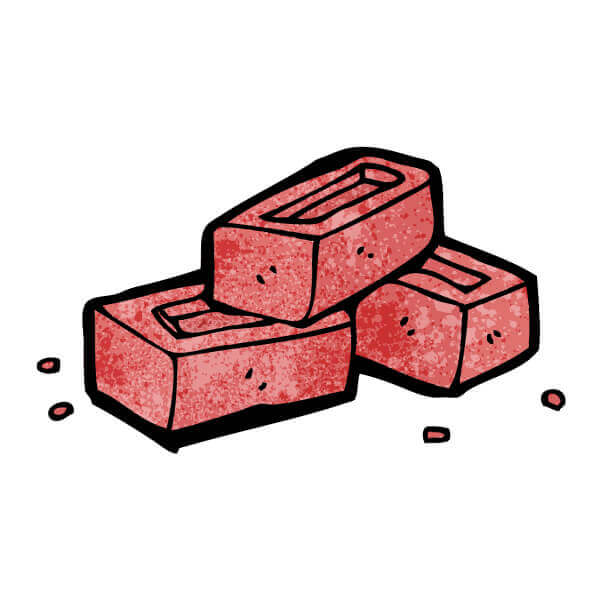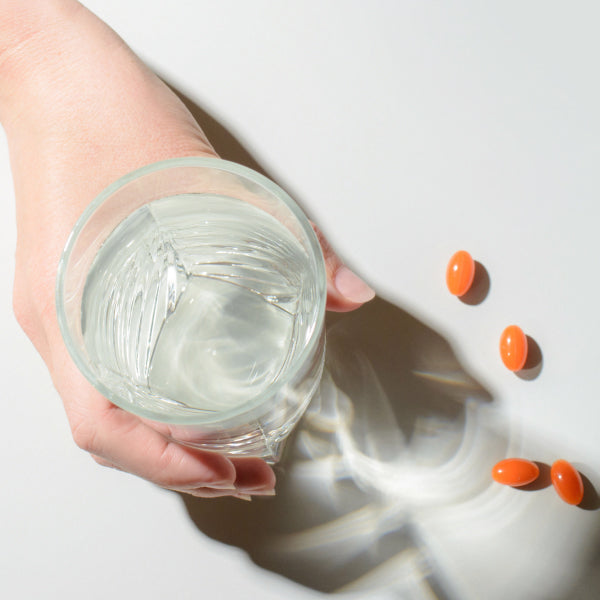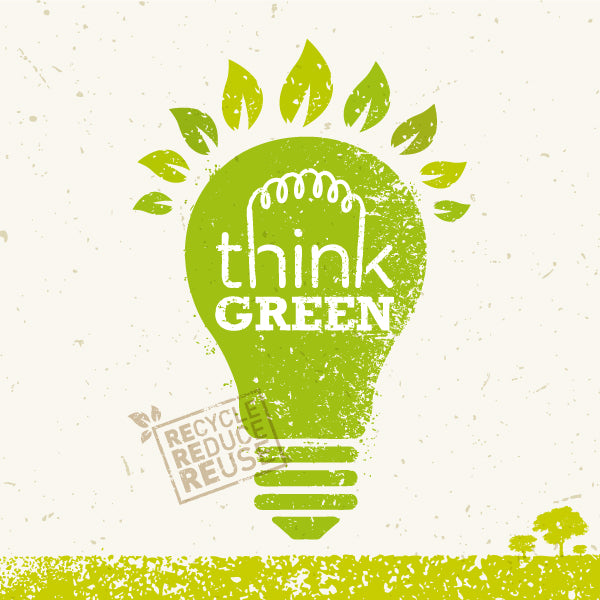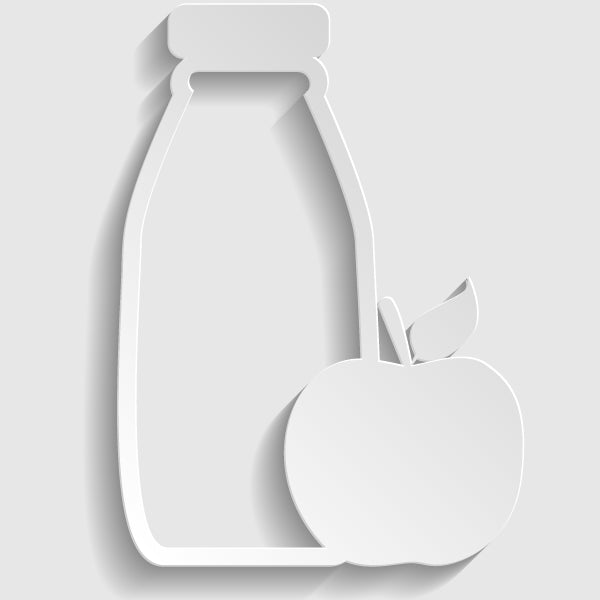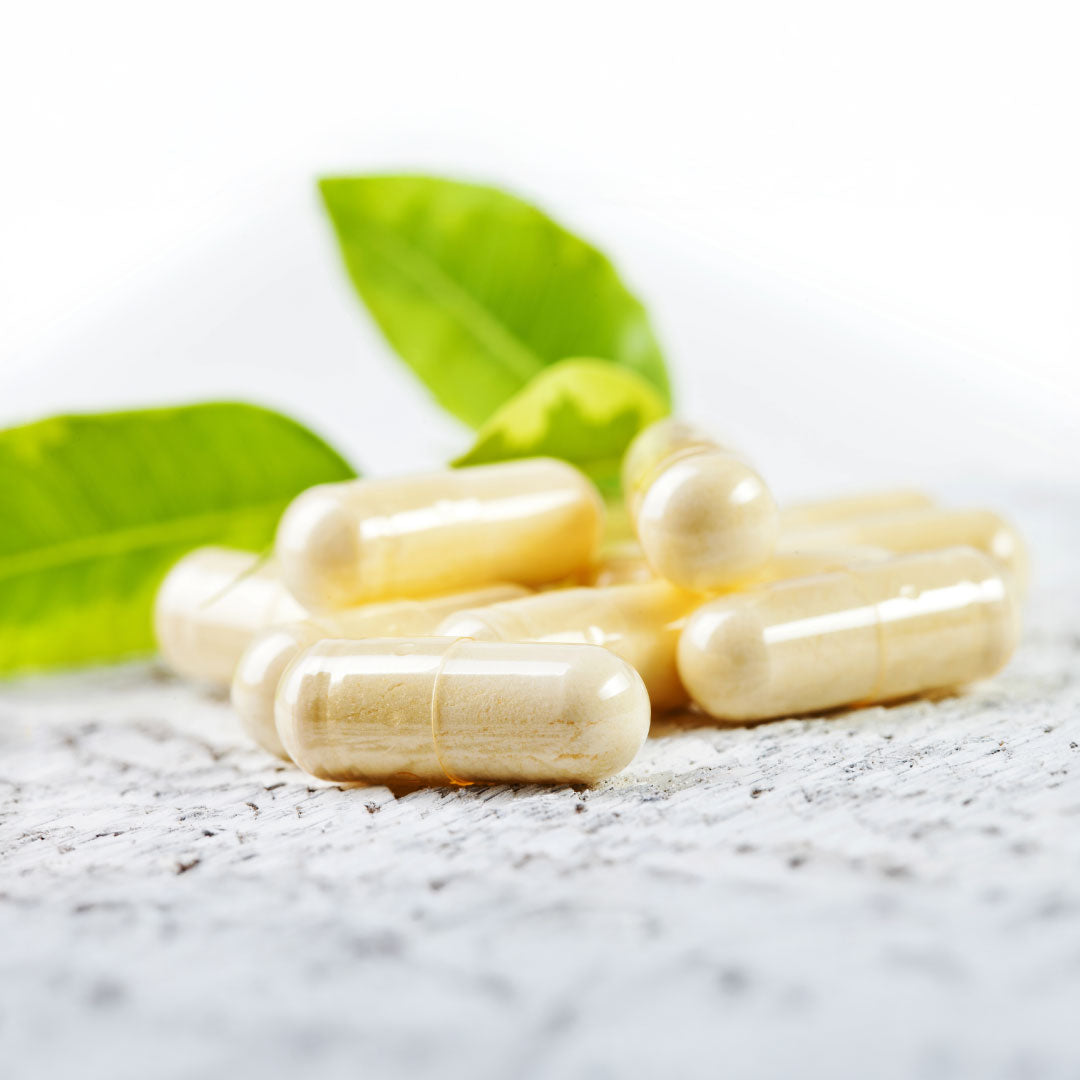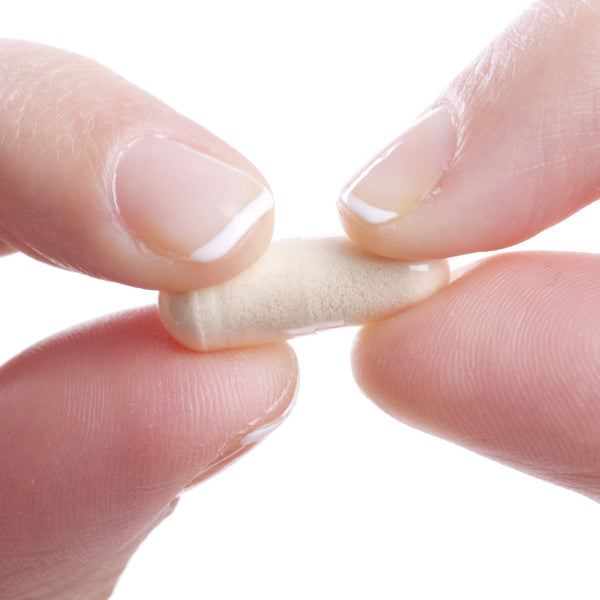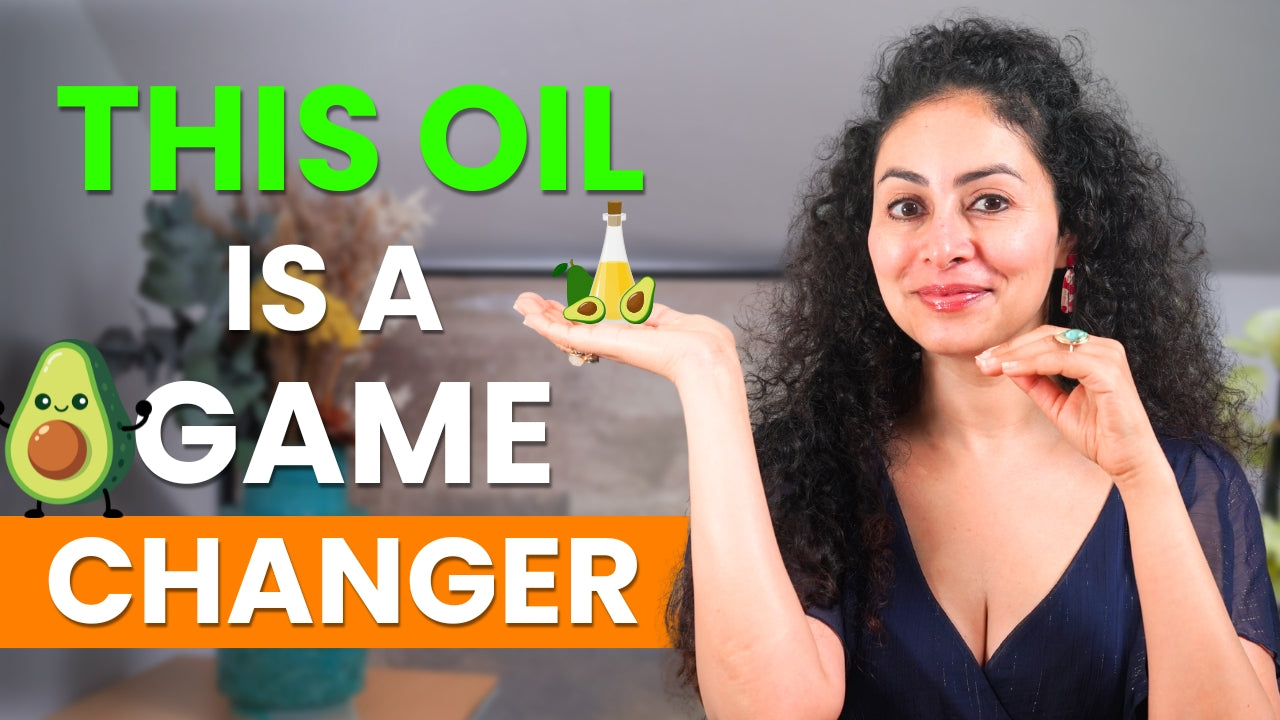Would you like to increase collagen in your skin, bones and joints without spending a penny on supplements? The good news is you can, using everyday items from your kitchen.
Option One: Bone Broth
Bone broth is extremely rich in collagen and has been the time-tested way to boost collagen long before supplements existed. Forget fancy, overpriced broths. You can make your own neck broth for next to nothing by popping into your local butcher and getting a couple of full bones. I pay around £2.50 for both. Just be careful not to buy cooked bones, as those are meant for dogs and you are not a dog.
Here is the easiest recipe to make bone broth at home:
-
Melt a small amount of butter.
-
Lightly fry a quarter of an onion with some salt and pepper.
-
Add the bones.
-
Simmer for 30 minutes for a quick fix. If you have more time, let it simmer for a few hours to extract even more collagen goodness.
Pro tip: Adding a splash of vinegar helps pull more minerals from the bones.
I also reuse the bones two or three times, as long as they still have fat on them. When they start looking too worn out and the broth becomes watery, that’s when I buy fresh ones.
Bone broth is packed with amino acids, vitamins and minerals, all in bioavailable forms that your body can easily absorb.
Option Two: Vitamin C
Vitamin C is collagen’s best friend. Fun fact: guinea pigs, monkeys and humans are the only animals that cannot produce their own vitamin C, so we have to get it from food.
Your body needs vitamin C to produce collagen. The great thing is, you don’t need supplements, just be smart about how you eat vitamin C-rich foods. Vitamin C is very unstable and breaks down with heat, light and exposure to air. Here’s how to keep it intact:
-
Tomatoes lose vitamin C when processed or cooked, so eat fresh tomatoes, tomato paste or sauces with this in mind.
-
Lemon juice should be drunk immediately after squeezing, as it loses vitamin C quickly when left to sit. The same applies to cut vegetables: eating them fresh avoids vitamin C loss.
-
Broccoli and cauliflower are best steamed rather than boiled, as boiling leaches vitamin C into the water. If you fry them, avoid high heat to preserve the vitamin. I enjoy raw cauliflower in salads. It’s tasty, crunchy and packed with vitamin C. Cauliflower is actually an anti-ageing vegetable, and I don’t use that term lightly. Also, don’t throw away broccoli stems, they are just as nutritious as the florets, though they need slightly longer cooking. A handy trick to get children to eat cauliflower is to make cauliflower rice. Simply grate the cauliflower, then lightly heat it with salt, pepper and a bit of butter. This makes a low-carb, vitamin C-rich rice alternative that kids actually enjoy.
-
Bell peppers are vitamin C superstars. Red and yellow peppers contain three times more vitamin C than oranges. Chop them up for a snack or lightly warm them in butter for a sweet treat.
To put this in perspective, per 100 grams, oranges provide between 50 and 70 mg of vitamin C, while red bell peppers offer between 127 and 190 mg.
You might not think of red peppers when considering collagen, but it’s time to reconsider. The key points are to keep your foods fresh and cook them smartly to preserve their vitamin C content. This is your natural, simple and free collagen booster.
If you ever want a little extra support, there are lovely collagen formulas available, but remember, your diet and lifestyle are the foundation.
-- Written by Hala, founder of Dietapplements

